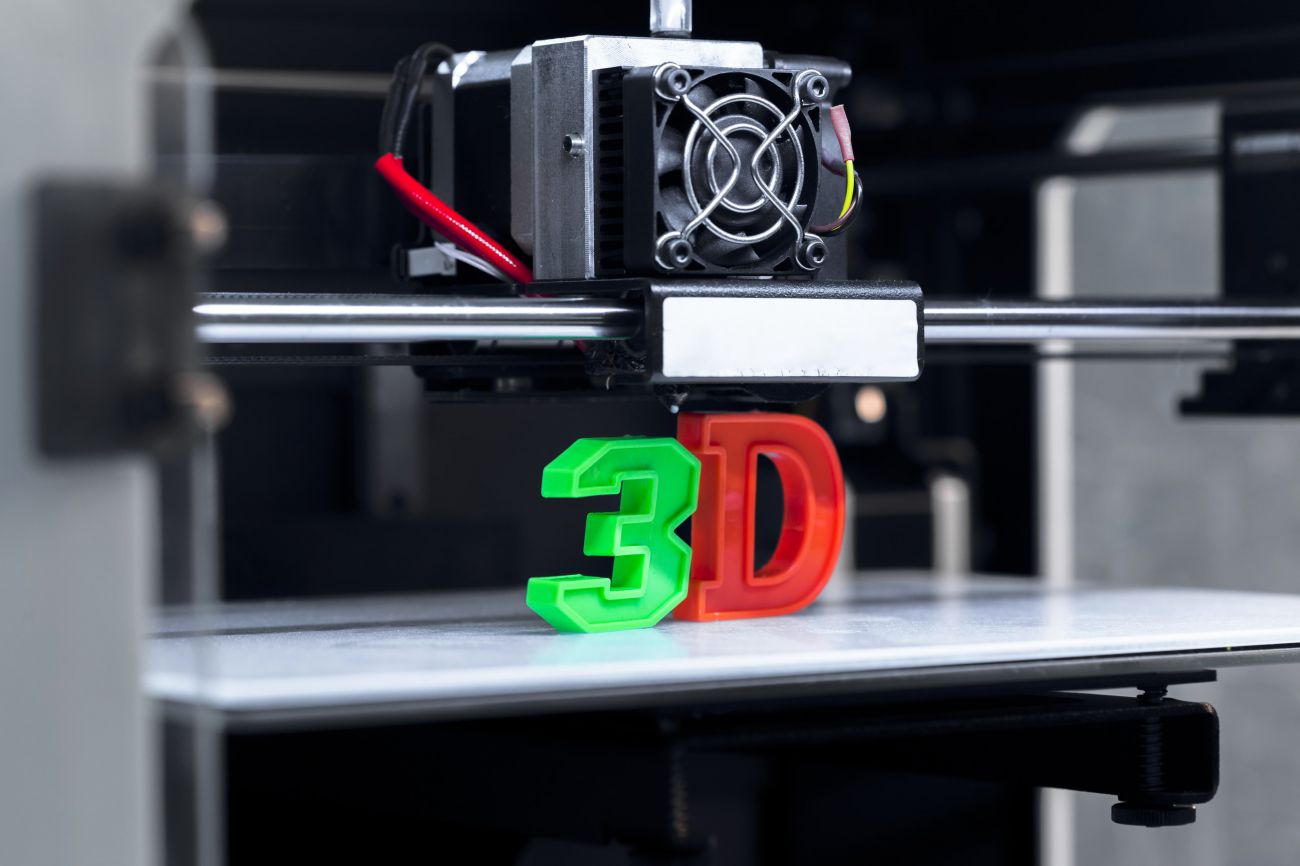Manufacturing Firms Believe in 3D Printing but Struggle to Get it Right

Materialise commissioned survey which was conducted by B2B International among 327 manufacturers in the USA, Germany, and Japan reveals that manufacturing companies are familiar with the unique benefits of 3D printing but face challenges as they onboard the technology and scale up to volume production. Respondents include companies that use 3D printing (59%), consider doing so (31%), or dismiss the technology (9%).
According to the survey, companies recognize 3D printing as a leading manufacturing trend and are taking a more strategic look at using it to produce final products. However, the lack of a skilled workforce and the expertise to integrate 3D printing with existing production processes may impact future adoption. In recent years, the 3D printing industry has focused on convincing companies of the unique benefits of 3D printing. This focus on ‘why?’ will now shift to ‘how?’ as manufacturers are familiar with the benefits but lack the knowledge and expertise to successfully adopt and scale up the technology.
“Yearslong supply chain disruptions have made companies reevaluate their offshore production strategies and prioritize local manufacturing closer to demand,” says Fried Vancraen, CEO, Materialise. “The severity of these disruptions has also prompted governments to invest in programs aimed at modernizing and nearshoring their production capacity. Digital manufacturing technologies like 3D printing can support these efforts by enabling more resilient supply chains and offering significant time and cost advantages. As companies increasingly turn to these technologies, the 3D printing industry will have to make additional efforts to address the challenges they encounter, including training and workforce development, identifying new business models, and easier-to-use software and hardware.”
The tipping point
Manufacturing companies in Germany, Japan, and the US consider the adoption of 3D printing a leading trend impacting production lines and manufacturing, along with Digitization and AI/Robotics. 3D printing is increasingly used for the production of end-parts. In fact, prototyping and end-parts each make up around half of 3D printed products, signaling an important tipping point in the use of the technology. However, the survey reveals significant differences per country. In the US, 60 percent of respondents use 3D printing to produce end-parts, versus 43 percent in Germany and only 36 percent in Japan. Japan’s reluctance to onboard 3D printing for end-part production may put the country in a disadvantageous position as other manufacturing hubs embrace digital manufacturing technologies like 3D printing as part of a strategy to modernize their production capacity.
The shift from ‘why?’ to ‘how?’
Users of 3D printing can identify many benefits of the technology, most notably its ability to speed up production, create low-cost prototypes, reduce reliance on supply chains, and the ability to mass-customize end-parts. At the same time, almost all companies (98%) experience challenges and barriers to adopting 3D printing. They are convinced of the business value that 3D printing can generate for them but struggle to onboard the technology and scale up production. This indicates an important shift in the conversation from ‘why?’ to ‘how?’.
The main challenge for companies that have adopted 3D printing or consider doing so is the difficulty to recruit an expert workforce (36%). This is followed by a lack of experience and knowledge inside the company (33%). Other challenges include the speed of 3D printing for volume production (23%), and difficulties integrating 3D printing with existing manufacturing technologies (20%). Cost is also mentioned as a barrier, both the running cost (25%) and the equipment cost (25%).
“Major manufacturing hubs, including the EU and the United States, have announced plans to modernize and reshore their production efforts,” says Vancraen. “Smart, digital technologies, like 3D printing, enable such a shift to decentralized manufacturing, with multiple smaller-scale production sites that sit closer to customers. But as companies struggle to onboard 3D printing and integrate the technology with existing production environments, the 3D printing industry will need to invest in training, the availability of more materials, ease of use, and cost reduction.”
Increased use of 3D printing
Despite the challenges, 3D printing remains high on most companies’ priority lists. Companies that have adopted 3D printing have prioritized it in terms of budget (78%) and management buy-in (78%), indicating they will significantly increase their use of the technology over the next 12 months. 46 percent of users say their use will at least double. Over the next 5 years, most expansion efforts will focus on in-house printing capabilities (71%) compared to outsourced 3D printing production (8%).
The way manufacturers use 3D printing is not expected to change markedly. Seven out of ten businesses that currently use 3D printing say their use is expected to stay the same in the next five years, including the production of visual prototypes, personalized parts, and spare parts. However, with increased automation in the 3D printing workflow and access to qualified experts, companies that seek to advance their manufacturing operations can rely on 3D printing to create new business opportunities.
Self-assessment tool for 3D printing
Materialise’s Mindware team offers consultancy services to help companies harness the potential of 3D printing, from identifying relevant opportunities to deploying full-scale production lines. To help companies navigate the many steps to successfully adopting and deploying 3D printing, Materialise Mindware has introduced a self-assessment tool. The tool determines a company’s 3D printing maturity by ranking its position along a nine-phase adoption journey. It is intended for companies that are considering how 3D printing can support their manufacturing, as well as those that are ready to scale up their existing 3D printing operations.
Image Source: Materialise



 Facebook
Facebook.png) Twitter
Twitter Linkedin
Linkedin Subscribe
Subscribe